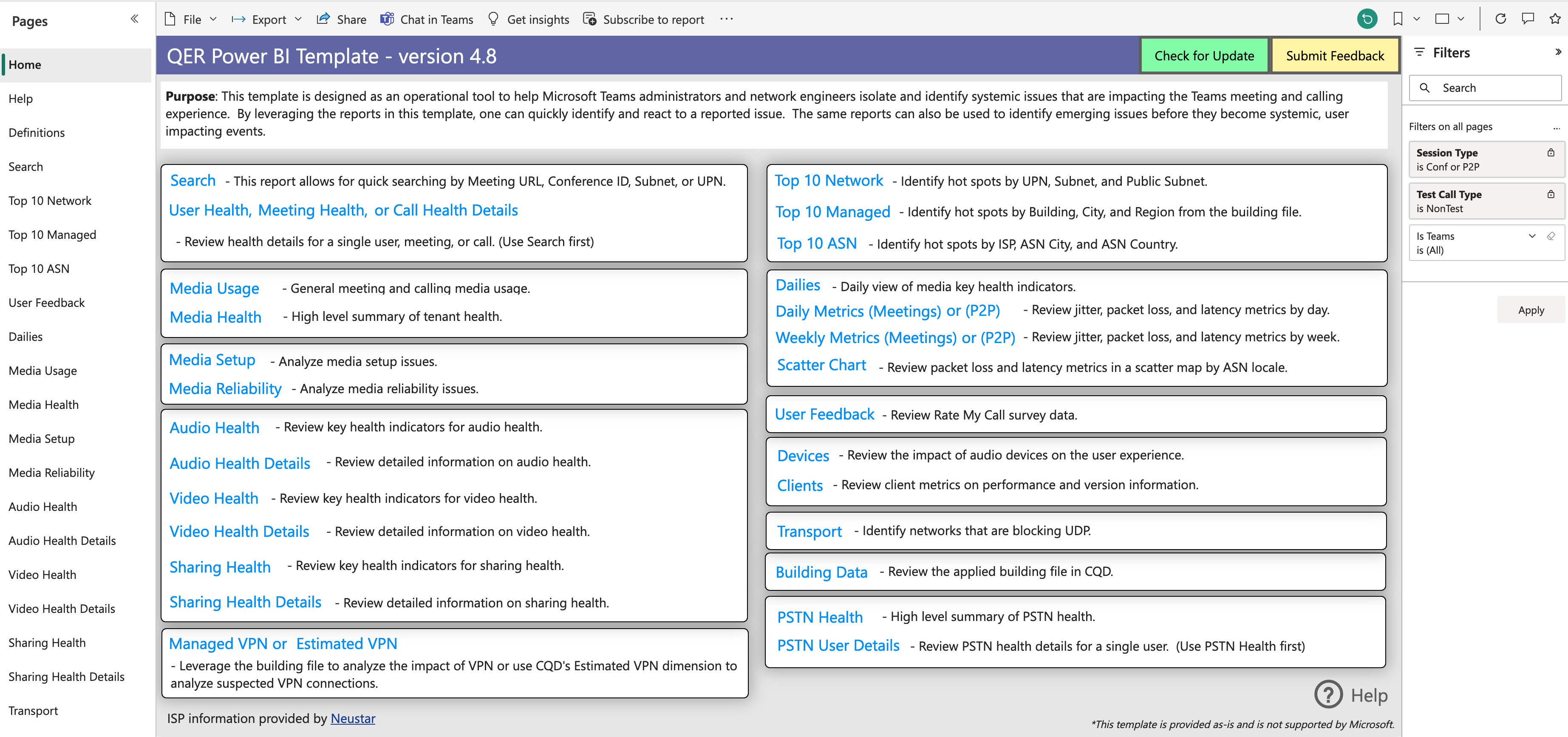Teams and Zoom – Companies Need More than Out-of-the-box Vendor Telemetry
Vendor Telemetry is Just the Start
Companies using Zoom and Microsoft Teams as their real-time employee collaboration solution have access from their vendor(s) to the call and session data telemetry gathered by their solutions via a vendor-supplied API. But is this enough for effective management of collaboration tool performance in the enterprise digital workplace?
This vendor telemetry data on its own can be far too technical for EUC teams needs, creating data overload which inhibits, rather than encourages, issue identification and remediation. Instead, EUC teams need greater context with collaboration tool telemetry, through additional data and insights.
What Does This Telemetry give Teams and Zoom Application Teams?
The following is the list of base telemetry provided by the Zoom/Microsoft APIs:
- Call Details: Start time, end time, ID, etc.
- Technical Metrics: Jitter, Packet Loss, Latency, etc.
- Peripherals Used: Camera, Microphone, Speaker
This data is made available to Microsoft Teams customers via PowerBI Dashboards and is exportable to customer data lakes (Teams and Zoom). The Microsoft-provided dashboards are extremely technical and designed to be used as L3 technical support by Teams admins/experts focused on deep technical diagnosis and troubleshooting, typically of individual calls.

Note: there is no employee device, or broader employee context or visibility in this telemetry.
What does Collaboration Experience give End User Computing (EUC) Teams?
Collaboration Experience builds on the same vendor telemetry to deliver a comprehensive and proactive employee experience solution purpose-built for EUC teams. Taking the individual call and session information, EUC can now also know:
- Related Employee Business Information (location, organization, etc.)
- Device Properties (Memory, CPU, Configuration)
- Device Connectivity
- Device Performance (Resource Usage)
- Performance of other Applications (Contention)
All of which relate to the total employee experience when on calls. As one specific example, a corrupted (or out of binary) sound driver can ultimately impact Teams/Zoom Performance. As can many other examples like: multiple browser tabs open and causing device memory contention, or individual connectivity issues, or other on-device applications consuming too much CPU or having driver contention – the list of possible causes is much broader than just the call telemetry itself.

Collaboration Experience delivers:
- Out of the box, fully customizable dashboards for trending, reporting and analysis
- Proactive call quality degradation alerts to notify EUC teams before ticket storms commence
- Powerful time-aligned correlation of Teams/Zoom Call/Session telemetry across all aspects of Employee device, configuration and other applications for comprehensive “full context” troubleshooting.
- Remote Actions to directly and automatically fix underlying device or endpoint issues causing Teams and Zoom problems
- Employee Engagement Campaigns and Surveys for qualitative feedback, best-practices communications, and ticket avoidance
Why Different Tools for Different Teams?
Most EUC teams do not have organizational access to the call telemetry from their application teams; it is far too technical, requires specific expertise in the Teams and Zoom environments, and isn’t designed for EUC workflows and needs. EUC teams need employee experience using Teams and Zoom in the full experience context.
Zoom and Teams Admins and their teams need the “deep dive” telemetry about Call and Session performance, which is why both vendors provide it at no cost to their collaboration tool customers. As we have seen, it is extremely detailed and effective at giving them the forensic-level details they need to diagnose and resolve issues within the Teams or Zoom technical stack.
The Power of Both
Many Teams and Zoom Admins welcome the additional “full experience context” that Nexthink Collaboration Experience unlocks, though it is not a substitute for their “deep dive” technical use cases in L3 Troubleshooting. For these teams, the added value of the full Nexthink context is especially useful when they need to manage and provide different “service levels” to different classes of users (for example, executives, or customer-facing users). Perhaps the biggest value to these teams is when EUC is using Nexthink Collaboration Experience to proactively monitor and manage employee experience, they can be assured that any Teams or Zoom tickets escalated to them have first been fully vetted as to all the other possible causes; eliminating wasted time chasing issues they cannot resolve.
EUC teams get the full context they need to proactively manage employee experience with these applications, and Teams and Zoom Admins and their teams get valuable, additional context.
Related posts:
- Your MS Teams Rollout Needs Specific Help—Not General Guidance
- Uncover How Your Employees Experience Their SaaS Applications in Real-Time
- The Ultimate Guide to Digital Workplace Observability
- 5 Common Collaboration Tool Myths Busted by Collaboration Experience